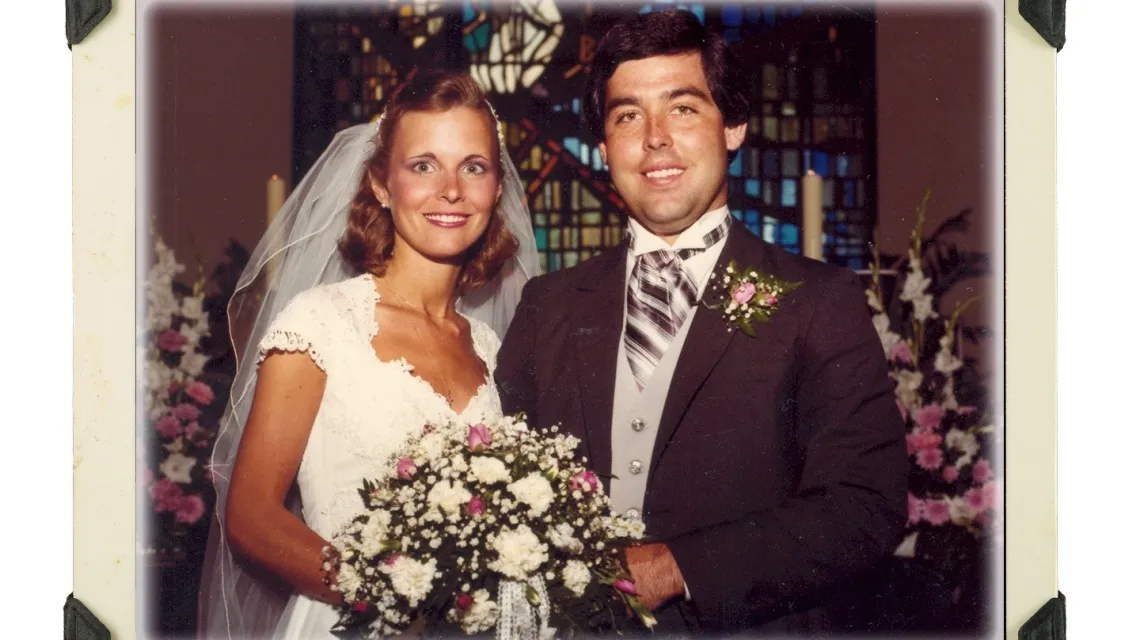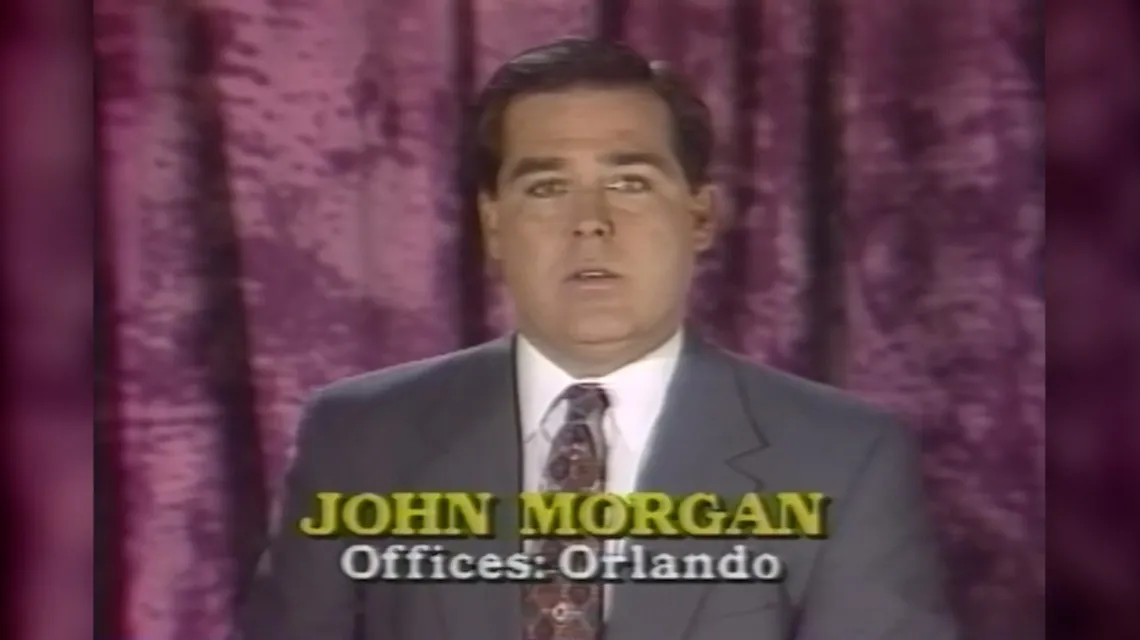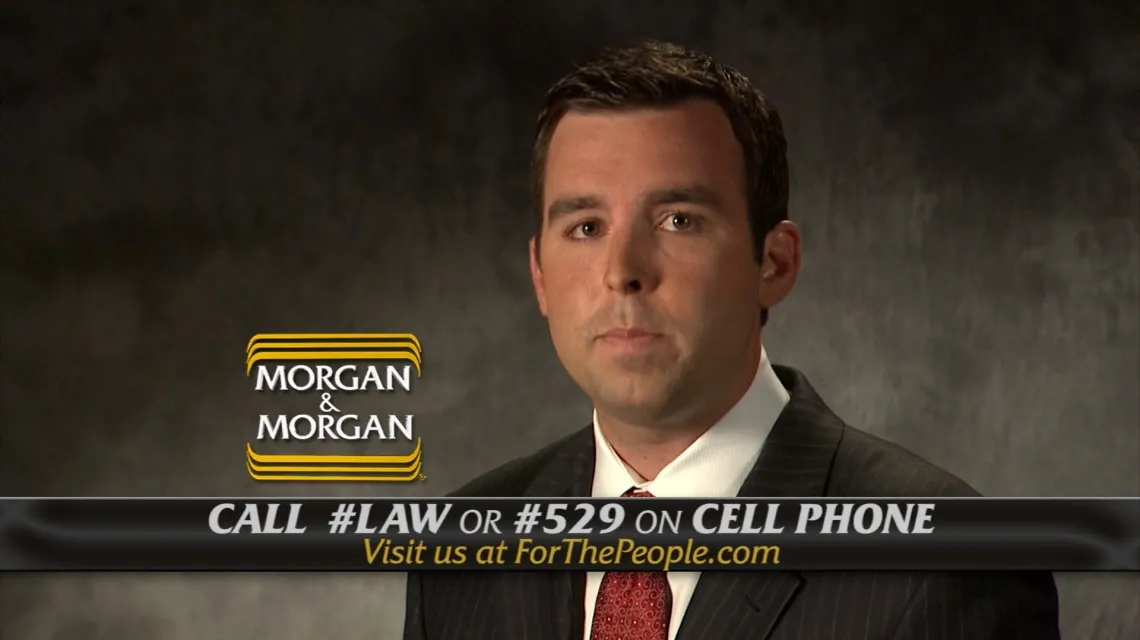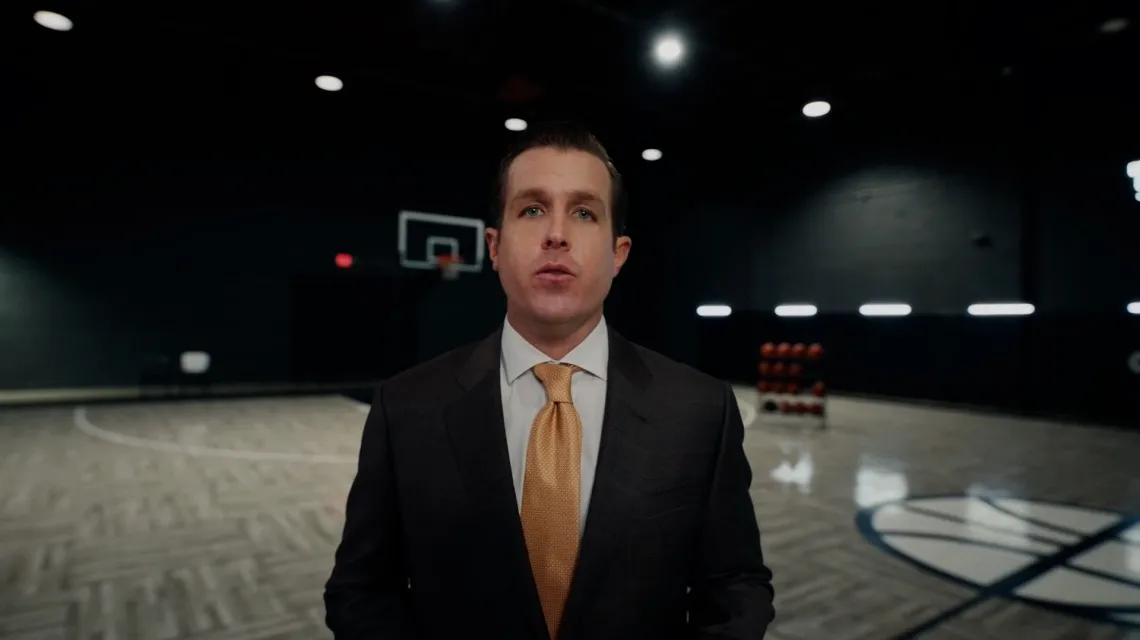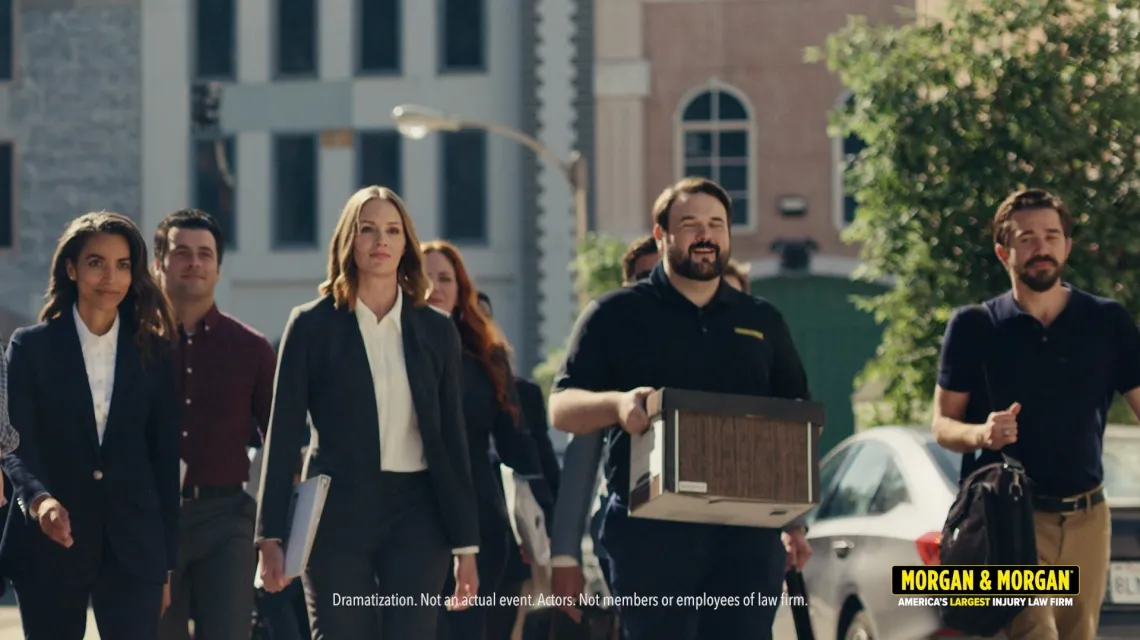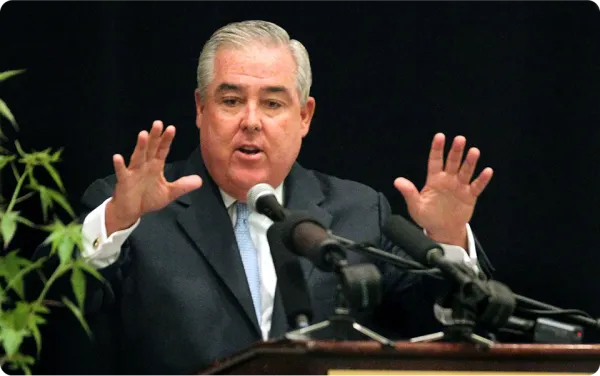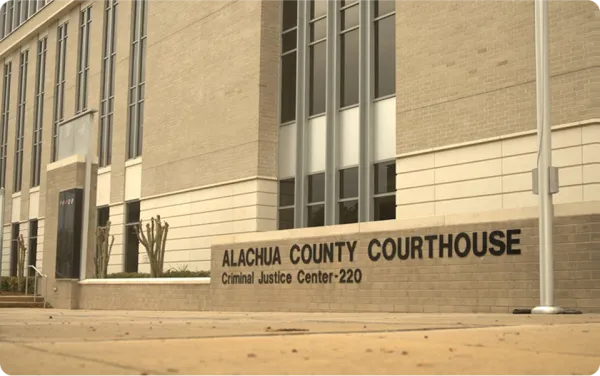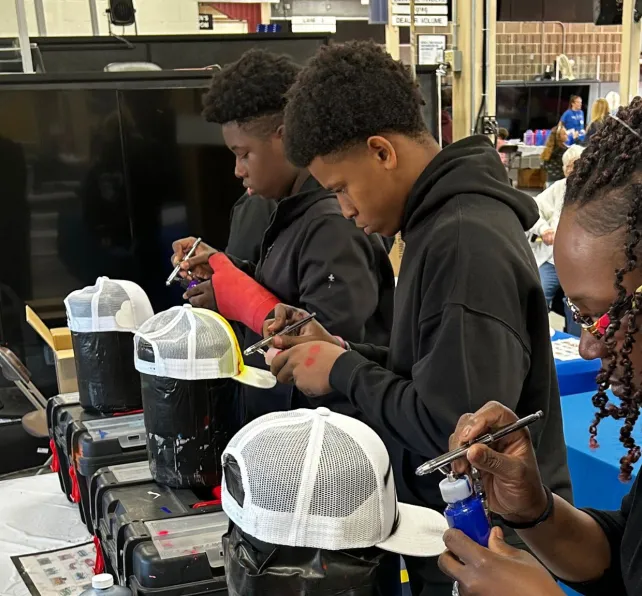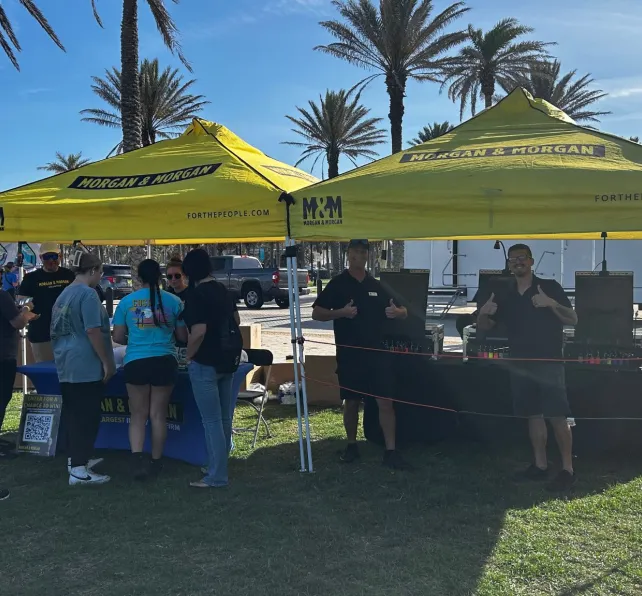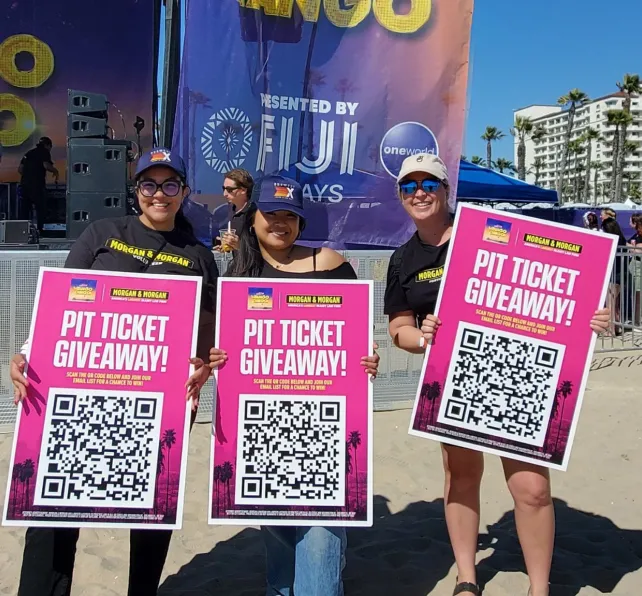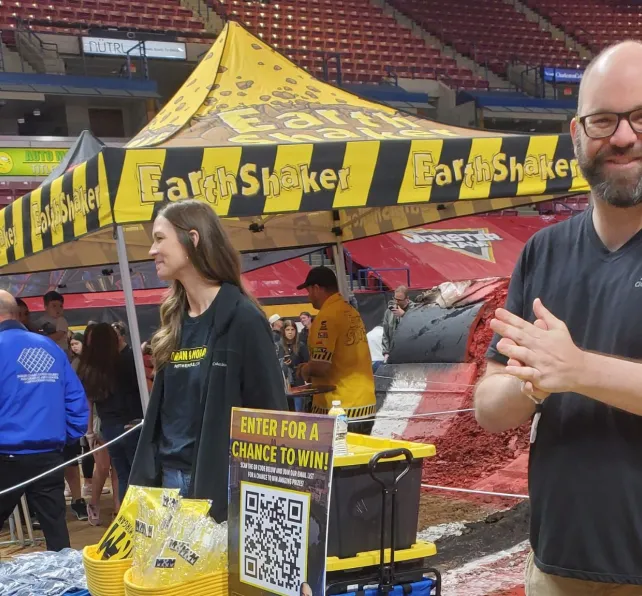Our Family, Fighting for Yours
Morgan & Morgan was founded by John and Ultima Morgan in 1988. Our purpose is inspired by John’s brother, Tim, who was paralyzed in a workplace accident. The insurance companies left his family with too little to cover his care. John vowed to fight for other families like theirs—and Morgan & Morgan was born.
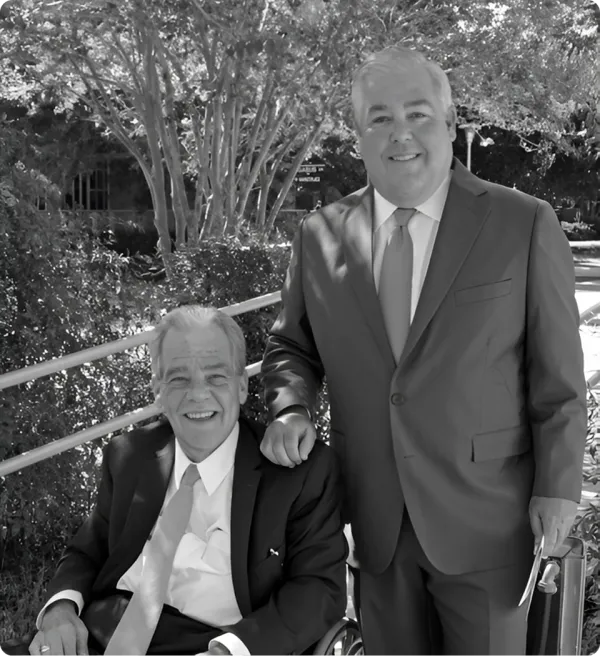
We Built this Firm for You
After 35 years, Morgan & Morgan remains a family firm
dedicated to fighting for the average American family. Here's
how we make it happen.
dedicated to fighting for the average American family. Here's
how we make it happen.
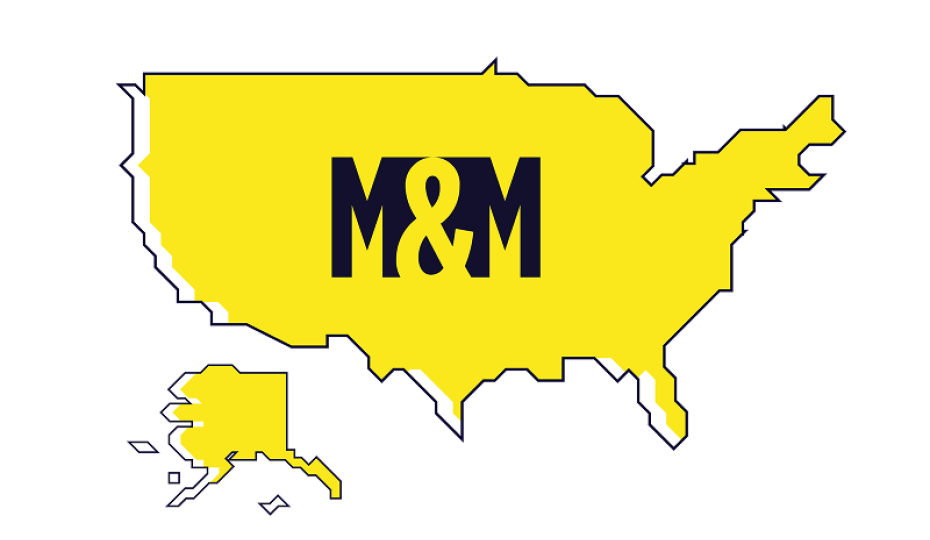
Everywhere for Everyone
With 125 offices nationwide, we’re committed to being accessible to all. No matter where you are, you can count on a dedicated team ready to fight for you.
Find an office near you 
Fighting for More
We have the experience, credibility and resources to fight for what you deserve. Don't settle for less.
View our results 
Here for You, Every Step of the Way
Call or text us 24/7, track updates through our app, and stay informed with clear communication at every stage. We're here to guide you from start to finish.
See if you qualify Clients First, Always
From 1988 to today—and for generations to come—these are the principles that define us.
Righting a Rigged System
At our core, Morgan & Morgan is centered on advocating for individuals, fighting for justice, and empowering those who may not have a voice in the legal system.
Stronger Together
We've grown our firm so that our collective knowledge, resources, and talent can help us achieve more for those who need it most.
Practice of Compassion
It’s more than words—we built our firm for you. We strive to make the process as smooth as possible—our clients can focus on recovery while we handle the rest.
1,000 Attorneys. 1 Mission.
It's more than a job. Our attorneys are dedicated to making a difference.
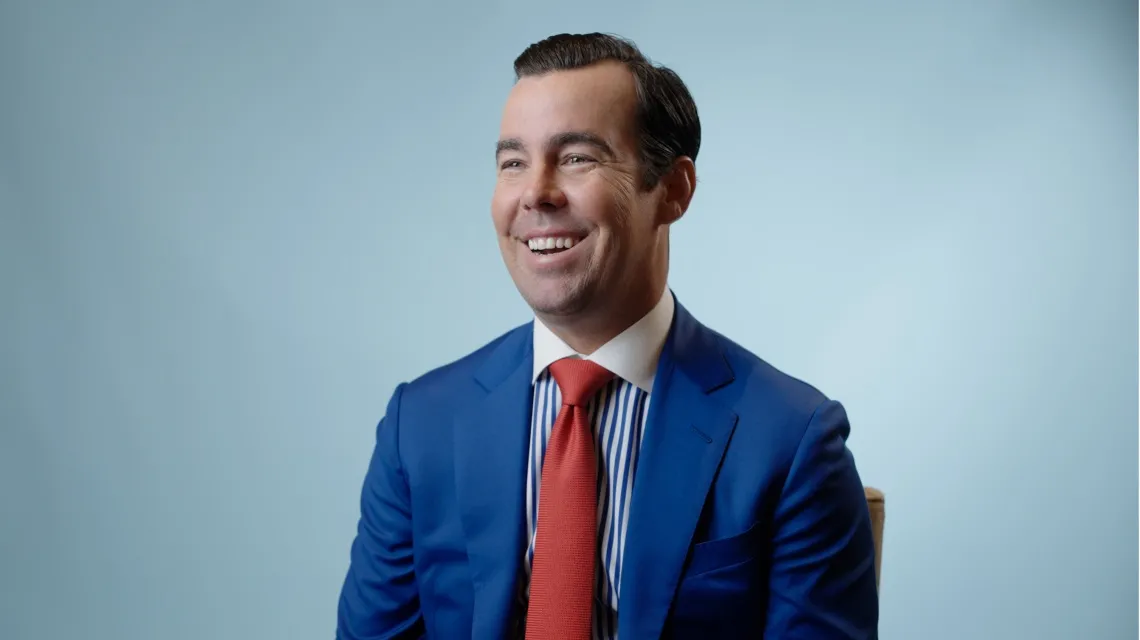
The attorneys shown in these videos may not be licensed in your state. To find an attorney licensed in your area, please visit our attorney page.
Standing Up for Change
For John Morgan, advocacy is more than winning cases.
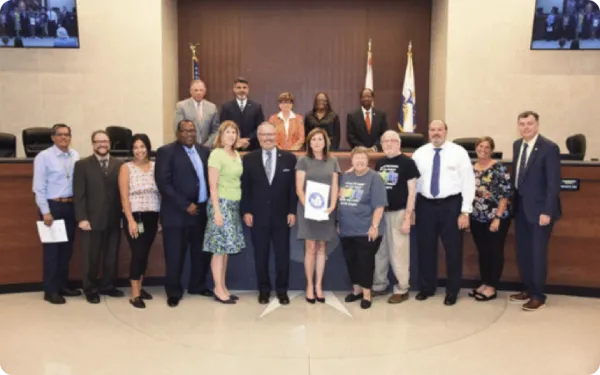
John Morgan has been a key advocate for raising Florida's minimum wage to $15 an hour. His efforts led to the successful passage of a constitutional amendment in 2020, with the increase being phased in through 2026.

Annual Verdict Magazine
Our annual magazine highlights our biggest cases, firm growth, and the attorneys and clients behind the numbers. Each issue also includes a recent selection of verdicts and settlements across different practice areas. We’re proud to share the results of our dedication “For The People.”
Committed to
Our Communities
Even as we’ve grown, we remain committed to the local communities we call home.
